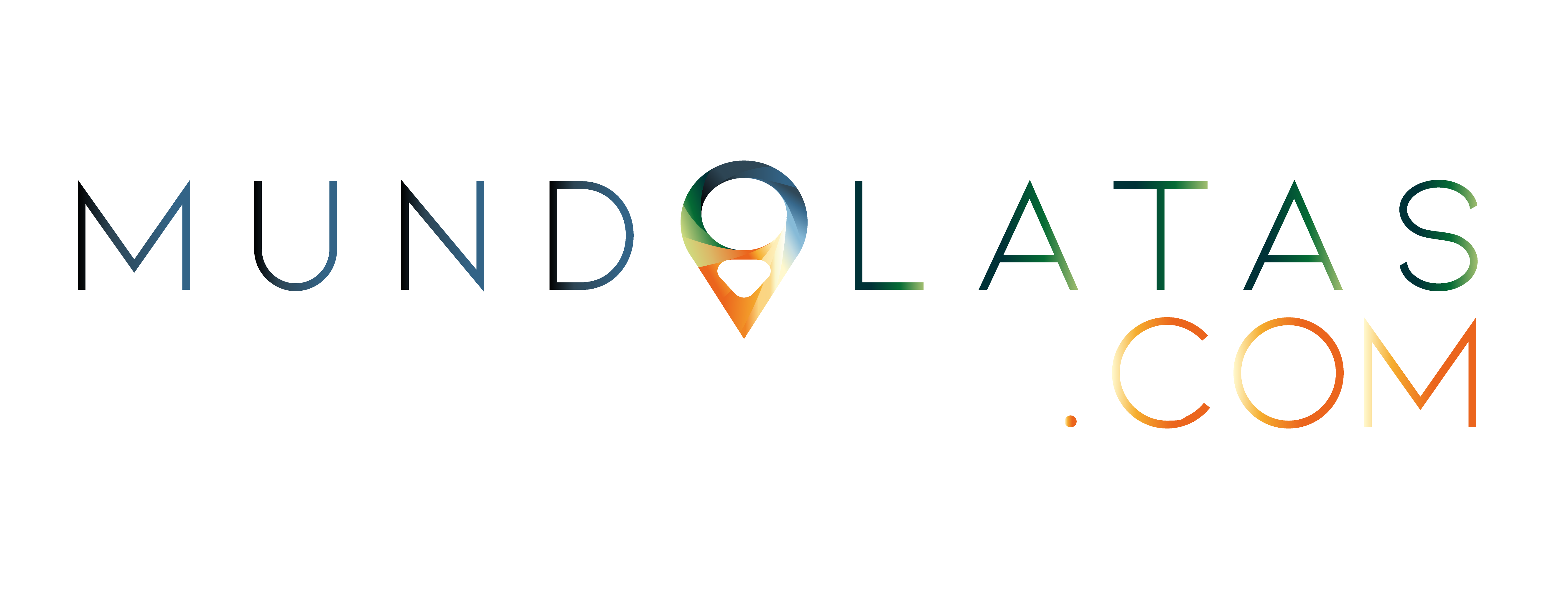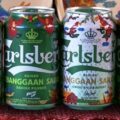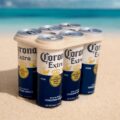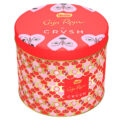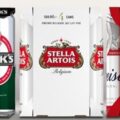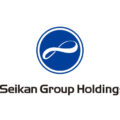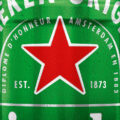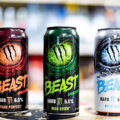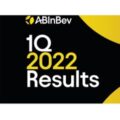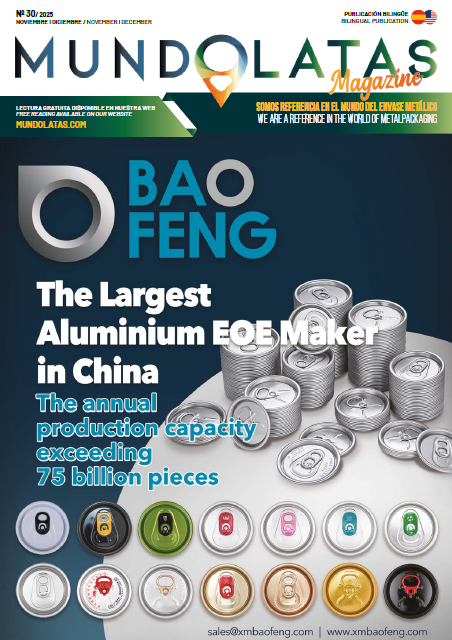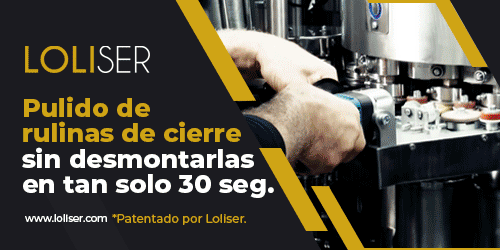The brewer AB InBev reported a 6.5% increase in its normalized EBITDA in the second quarter of 2025 (2Q25), driven by efficient resource management, growth of its core brands, and margin expansion. Underlying earnings per share (Underlying EPS) grew 8.7% to $0.98, and 17.4% considering constant exchange rates.
Main financial results
- Revenue: Increased 3.0% year-on-year in 2Q25, driven by a 4.9% increase in revenue per hectoliter. In the first half of the year (1H25), revenue grew 2.3%.
- Volumes: Decreased 1.9% in 2Q25; the drop in beer was 2.2%, while non-alcoholic beverages rose 0.3%.
- Normalized EBITDA: Stood at $5.301 billion in the quarter, with a margin improvement of 116 basis points to 35.3%.
- Underlying profit: Reached $1.950 billion in 2Q25 (vs. 1.811 billion in 2Q24) and 3.556 billion in the first half of the year.
- Reported net profit: $1.676 billion in the quarter (vs. 1.472 billion a year earlier), affected by extraordinary factors.
- Underlying EPS: $0.98 (+8.7% year-on-year); in the first half of the year it was $1.79 (+8.0%).
- Net debt / EBITDA: Ratio of 3.27x as of June 30, 2025, compared to 3.42x the previous year.
Performance by segment
The group’s mega-brands (such as Corona) grew 5.6% overall, highlighting a 7.7% increase outside their home markets. The non-alcoholic beer category increased its revenue by 33%. The gross merchandise value (GMV) of the BEES Marketplace—a digital sales platform for third parties—grew 63%, reaching $785 million.
AB InBev continues to execute its strategy on three key pillars:
Lead and grow the category: Investment in brands and marketing for $3.6 billion in the first half of the year (+4%), gaining or maintaining market share in 60% of its markets. The company owns 8 of the 10 most valuable beer brands in the world, according to the BrandZ 2025 report; Digitalization and monetization: The BEES platform recorded a total GMV of $12.2 billion (+10% year-on-year), diversifying revenue with third-party products and business optimization: Progress was made in debt reduction and $5 billion was invested in capital and marketing. Free cash flow increased by $500 million compared to the same period of the previous year, to $1.4 billion.
